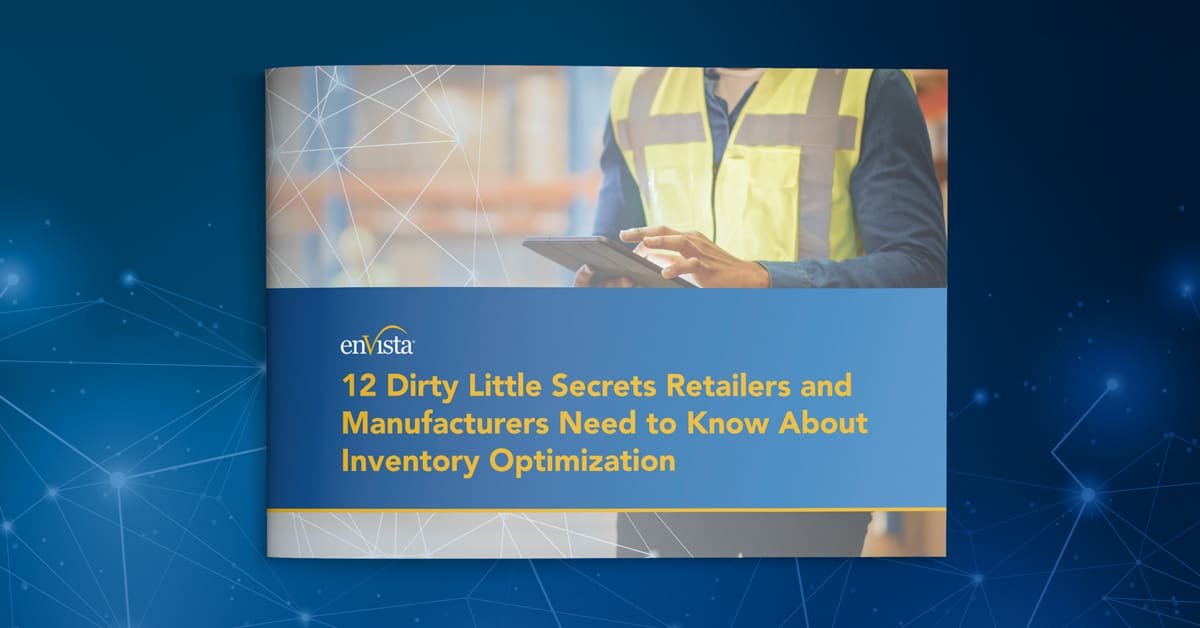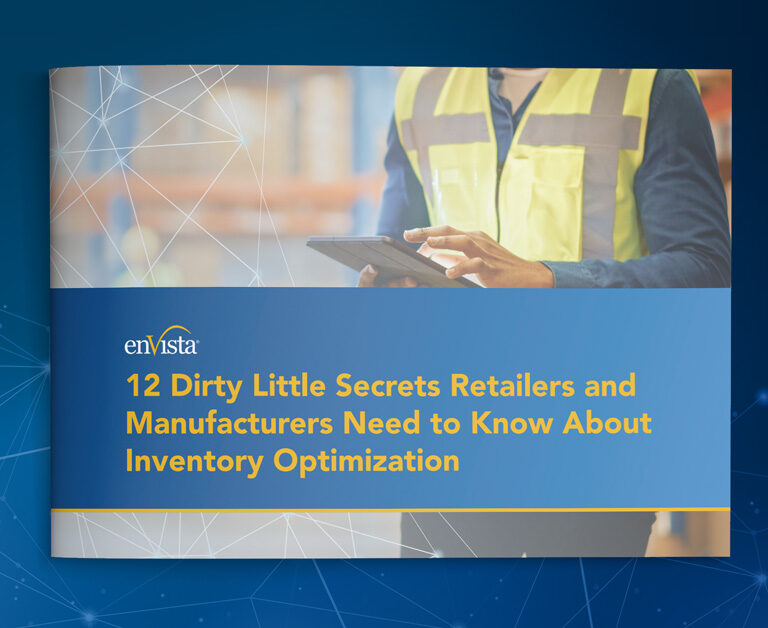Subscription Box Shipping Tips to Reduce Cost and Improve Customer Experience
If you’re a subscription box company, you know there’s no shortage of competition. BirchBox, BarkBox, Stitchfix, FabFitFun, Blue Apron, Hello Fresh, Dollar Shave Club. Boxes for socks, wine, food, razors, clothing, feminine products, coffee, workout apparel, cocktails and more. There’s no shortage of these companies.
BirchBox started the retail trend back in 2010, banking on consumers loving the idea of getting a “surprise” package every month and keeping them coming back for more by providing a unique and high-end customer experience. In 2006, the subscription e-commerce market was a scant $57 million. Today it is nearly $3 billion.
It is estimated that there are well over 3,000 subscription box companies like Birchbox in the United States alone. Subscription services aren’t limited to niche products and startups either – just this week, Wal-Mart announced a partnership with KidBox to create their first subscription box service for children’s apparel.
In order for your company to stay solvent, you can’t afford to take huge hits when it comes to your biggest expense: shipping.
Subscription box companies can control these costs and ensure the success of the operation by optimizing three key areas:
1. Negotiate Favorable Contract Terms From the Start
From a contracting perspective, it is extremely important for subscription box companies to negotiate two things:
- No early termination option for the carrier
- Revenue tiers
As a nascent company, you are more than likely looking to be a high-growth company and seeking to expand, both where you ship and how much you ship.
If growth comes at a pace where your contract becomes disadvantageous to the carrier, you do not want them to have the ability to terminate the contract and re-work it to their benefit without a fee.
Having revenue tiers in your contract is another good idea. Revenue tiers will allow your company room to grow. Establishing these terms early will help them be more advantageous to you down the line.

12 Dirty Little Secrets Retailers and Manufacturers Need to Know About Inventory Optimization
Get the low-down on the secrets retailers and manufacturers need to know about inventory optimization.
2. Optimize Your Shipping at the Outset
The actual price of shipping subscription boxes can be prohibitive and an easy way to turn a money maker into a money loser. Here are some key tips to avoid that scenario:
- Don’t pay to ship air
- Optimize your package size
- Ship at the appropriate service level
- Have clean customer and invoice data
With the introduction and popularization of dimensional weight pricing among most national carriers, shippers must be very cognizant of their packages so they aren’t spending more than they need.
First and foremost, don’t pay to ship air! Just because there is no weight associated with excess space in a box, does not mean you aren’t being charged for the larger box. Package size should be carefully optimized to be only as large as they absolutely need to be. These changes may only save a small percentage – but that adds up when you’re dealing with tens of thousands of shipments or more.
It is also important to optimize the service levels at which you ship. Because subscription shipments are recurring transactions (once a month or quarter usually), the shipments should be planned well in advance so that you are not shipping next-day. Arrival time is of the essence, but since they can be pre-planned, you can ship ground/USPS/smart post at a lower service level to reduce your overall spend.
Having clean customer data is also important. Getting charged for address corrections or shipping charge corrections for things that are recurring can add up to a huge expense. If you are always shipping something wrong – you’re always going to get charged, and you shouldn’t expect the carrier to help you out. Many high-growth companies don’t pay attention to invoicing and get charged for things they shouldn’t.
This is why visibility to invoice/shipment data is crucial. You need to have the ability to audit those charges to ensure carriers are not charging you more than they should. Ultimately, having the proper tools to analyze your freight spend allows you to make better business decisions.
3. Leverage Your Packaging for Customer Experience
The last point is simple. Like any retailer, subscription box companies rely on keeping their customers happy. The subscription model allows for customers to leave at any time, which can lead to very volatile revenue.
The key to keeping customers is to delight them. Obviously the product needs to be superior and up to the standards of the customer, but subscription box companies also need to focus on their (very few) touchpoints with the customer, which includes the packaging itself.
You aren’t going to get UPS/FedEx workers to wear your uniform or have a white-glove presentation so your customer experience needs to focus on the package and the unboxing experience. This could include filler, personalized notes, a nice box, etc.
Conclusion: How enVista Can Help
There are many considerations for subscription box companies as they continue to grow and shipping costs become increasingly important for them. By following the preceding advice, they should be able to set themselves up for long-term success.
We help companies of all sizes optimize their shipping and reduce transportation costs. Learn more about our transportation services or reach out to start a conversation!







